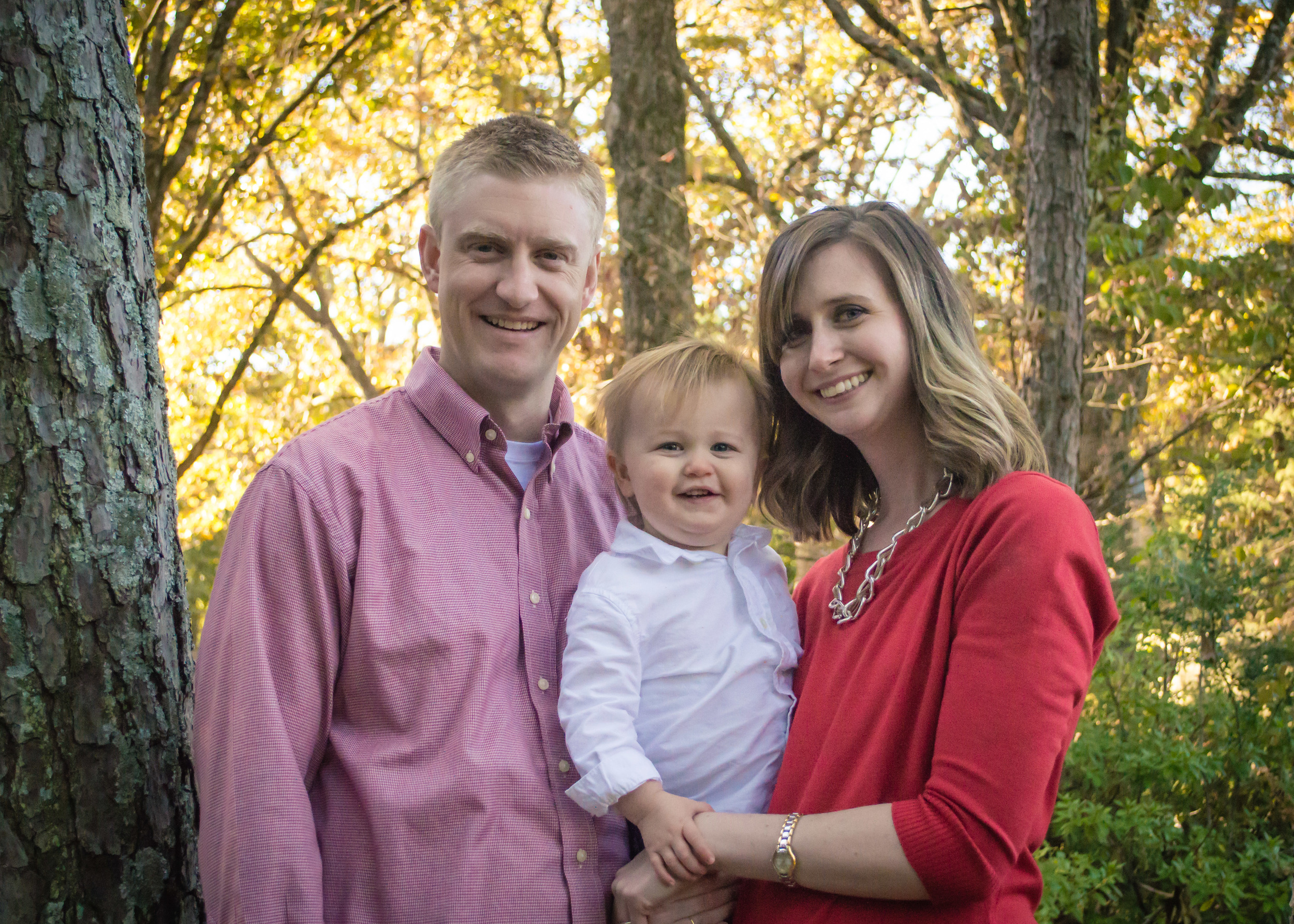In the world of personal finance credit cards have a bad reputation. They can give people a false sense of how much money they can spend and lead to high interest and finance charges. But, if used with appropriate discipline, credit cards can be a powerful tool in your financial universe. What follows is a look at different types of credit cards and some of the best ways they can be used.
Disclaimer
Before we begin, I will offer the disclaimer that I have found there are two golden rules when it comes to credit cards. First, never spend more on the card than you can pay off when the bill comes due. Second, always pay the card off each month i.e. never carry a balance. By following these rules you will never have to pay interest or finance charges on your card, which can be large sums and lead to ultimate financial ruin.
Cashback cards
Credit cards with a cashback feature provide the cardholder with cash in conjunction with certain purchases they make with the card. One of the most popular is Discover's 5% Cashback Bonus program. This program gives the cardholder cash back of up to 5% on qualifying purchases, which vary during the year. For example, right now users of this card get cash back on all of their gasoline purchases through the end of September. If you spend $100 on gas this month, you will get $5 credited to your cashback account which can be used to pay your bill, buy merchandise, or transferred to your bank account. Cashback cards are great tools for people that only use a credit card for certain purchases, like gas and groceries.
Cards with points
Credit cards that offer a points structure come in many different forms. You have American Express, which gives you points on each purchase that you make. These points can be used to buy merchandise from American Express, used on their travel website, or even used at Amazon to buy merchandise. Then you have travel cards with airlines which give you miles instead of points. These miles can be cashed in for plane tickets once you have earned enough. Finally, you have store credit cards which give you points to be used as discounts on future purchases. These cards are good tools for people that use credit cards a lot, buy a ton of plane tickets, or are always buying new things at their favorite store. Plus, many of these cards have bonuses where, once you have spent a certain amount of money on the card during the year, they will give you extra points! These cards are also great for people that have a lot of work expenses that are reimbursed. If you have to buy your own plane ticket for a work trip and submit your receipt for reimbursement, you get to keep the points. I don't see anything wrong with using credit card points to get a new set of golf clubs because you were on 25 airplanes last year!
Store credit cards
Store credit cards is an area where you can get the most bang for your buck with the proper discipline. Here's a common example. You need to buy a new refrigerator that's going to cost $2,000, but you don't have that kind of cash right now. You see on the TV that your local appliance store is running a zero payments / zero interest for 18 months special on their store credit card. The rules of these promotions are pretty simple - the interest on the purchase accrues for 18 months and then hits as soon as that period expires. The trick is, if you pay the card off before the 18 months, you pay zero interest. Basically, the store has financed the purchase for you. So you go down to the appliance store, buy the refrigerator with their credit card, and then take the balance and divide by 17. You divide by 17 to make sure you pay the card off before the promotion ends. Make that payment each month and - voila! - now you have a new refrigerator, and you paid no interest or finance charges. This is the only situation where the golden rules discussed above do not apply.
Conclusion
In conclusion, credit cards can be a useful financial tool if used correctly. By never carrying a balance and always paying the card off at the end of the month, you can earn cashback or points and a little more interest on your checking account. A helpful tool is to treat credit card transactions just like they are cash transactions on your budget. Look at your statement each week and make sure you are not overspending.


